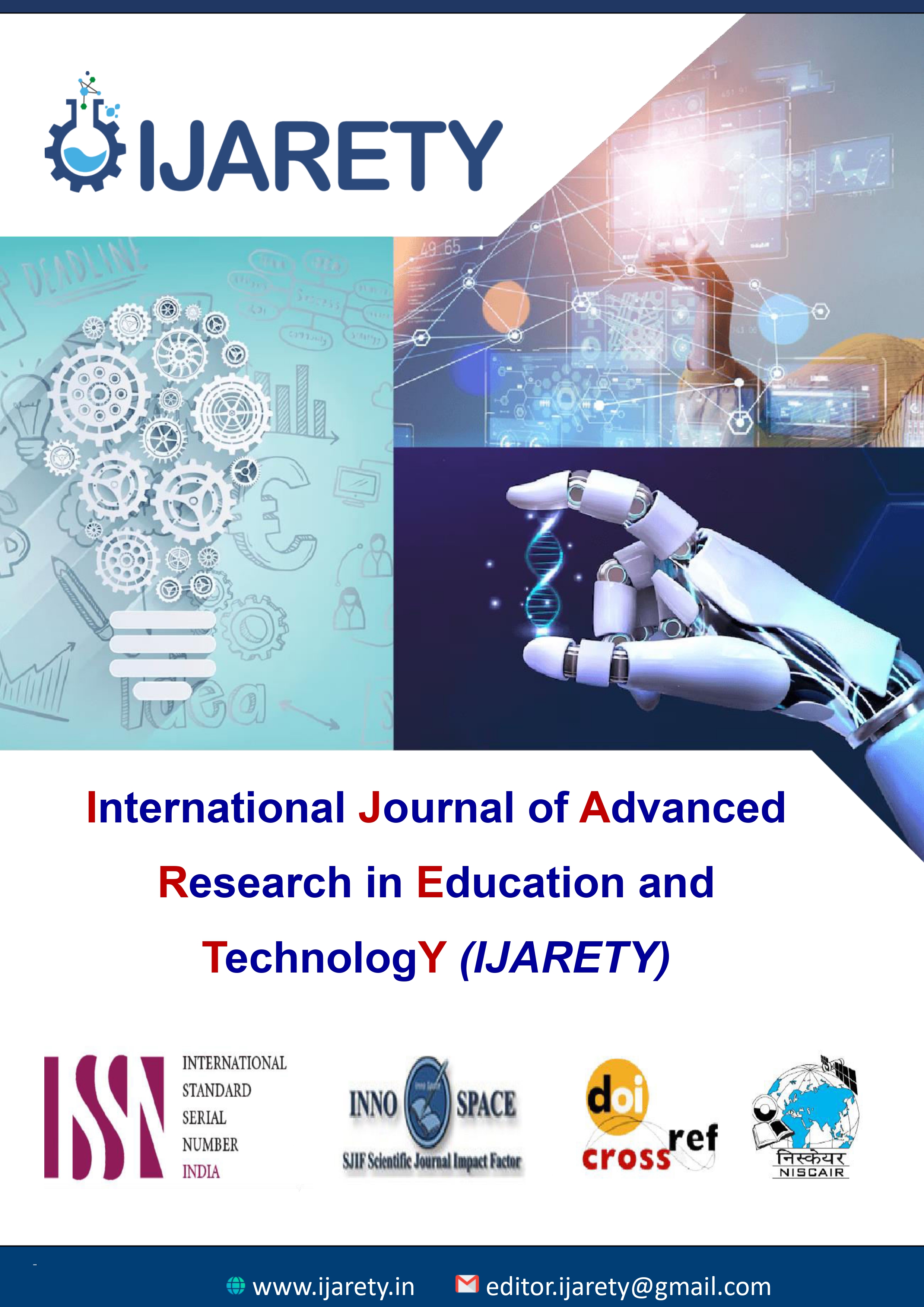- Monday, Dec 8th, 2025
| TITLE | Real-Time Crowd Analytics using Deep Object Detection Models |
|---|---|
| ABSTRACT | Efficient crowd analytics is essential for public safety, event monitoring, and urban planning, where timely detection and density estimation can mitigate risks and improve resource allocation. Traditional methods often fail under real-world conditions involving occlusion, varying illumination, and perspective distortion. Recent advances in deep learning-based object detection provide scalable, real-time solutions for such challenges. This study presents a comparative evaluation of three state-of-the-art architectures—Faster R-CNN, YOLOv4, and Single Shot Multi-box Detector (SSD)—for real-time crowd analytics. Experiments were conducted on the ShanghaiTech Crowd Counting Dataset and a custom in-house dataset featuring diverse densities, lighting conditions, and motion patterns. Models were fine-tuned from COCO-pre trained weights, with pre-processing, data augmentation, and anchor box optimization tailored for dense scenes. Performance was assessed using mean average precision (mAP), precision, recall, F1-score, mean absolute error (MAE), mean squared error (MSE), and inference speed (FPS).Results indicate that YOLOv4 achieved the best overall performance, exceeding 90% mAP with the lowest MAE/MSE and the highest FPS (>40), making it ideal for high-density, real-time applications. SSD provided a strong balance between accuracy and speed, while Faster R-CNN offered high precision but lower recall and speed, making it better suited for offline analytics. These findings underscore the importance of model selection based on operational constraints and highlight avenues for improvement, including lightweight architectures, attention mechanisms, and spatial-temporal modelling for robust deployment in smart city and public safety systems. |
| AUTHOR | Ayan Ahamed, Balaji, Bharath Kumar Y Department of Computer Application, CMR Institute of Technology, Bengaluru, India |
| VOLUME | 12 |
| DOI | DOI:10.15680/IJARETY.2025.1204075 |
| 75_Real-Time Crowd Analytics using Deep Object Detection Models.pdf | |
| KEYWORDS |

Copyright © IJARETY 2023 All Rights Reserved.